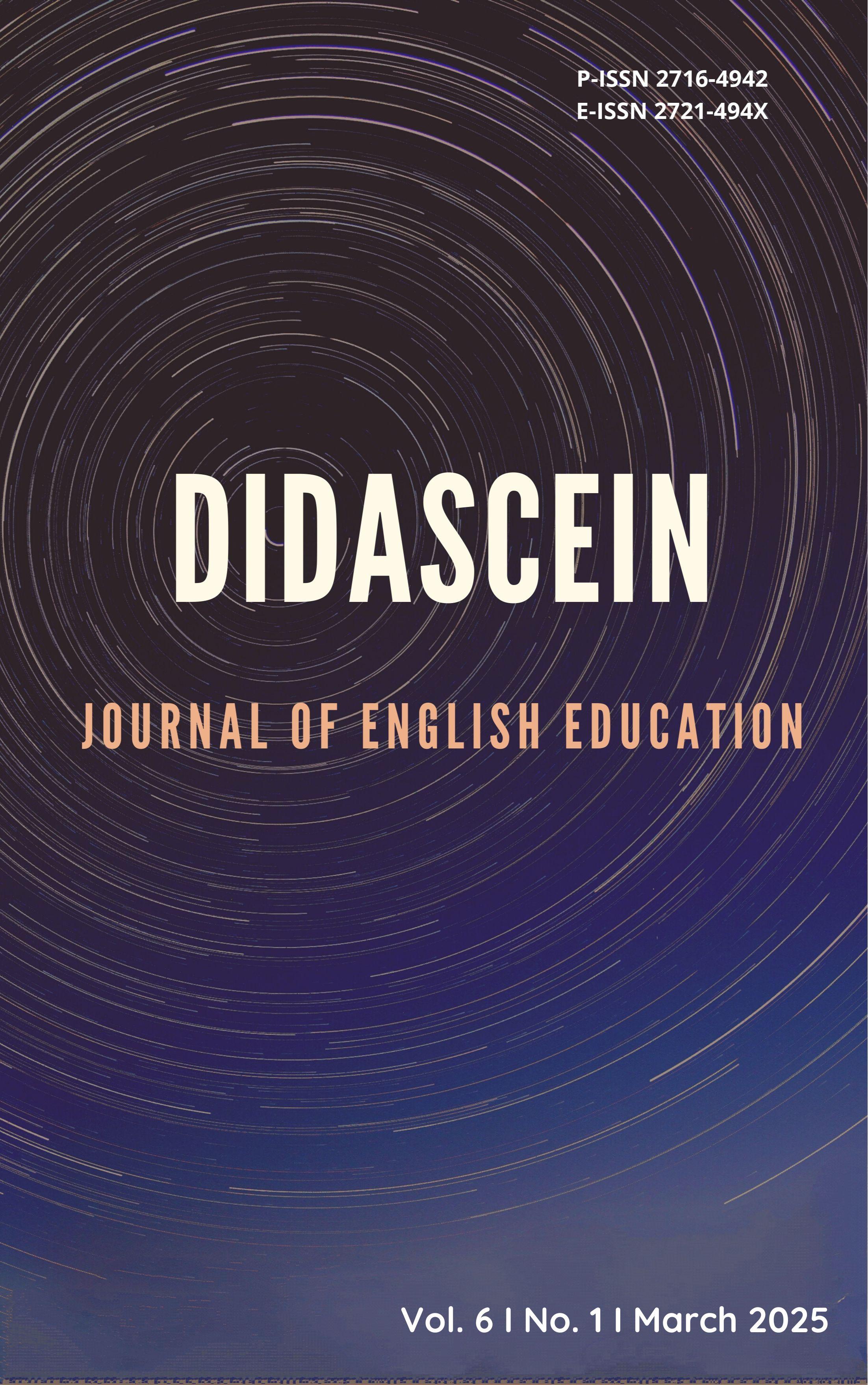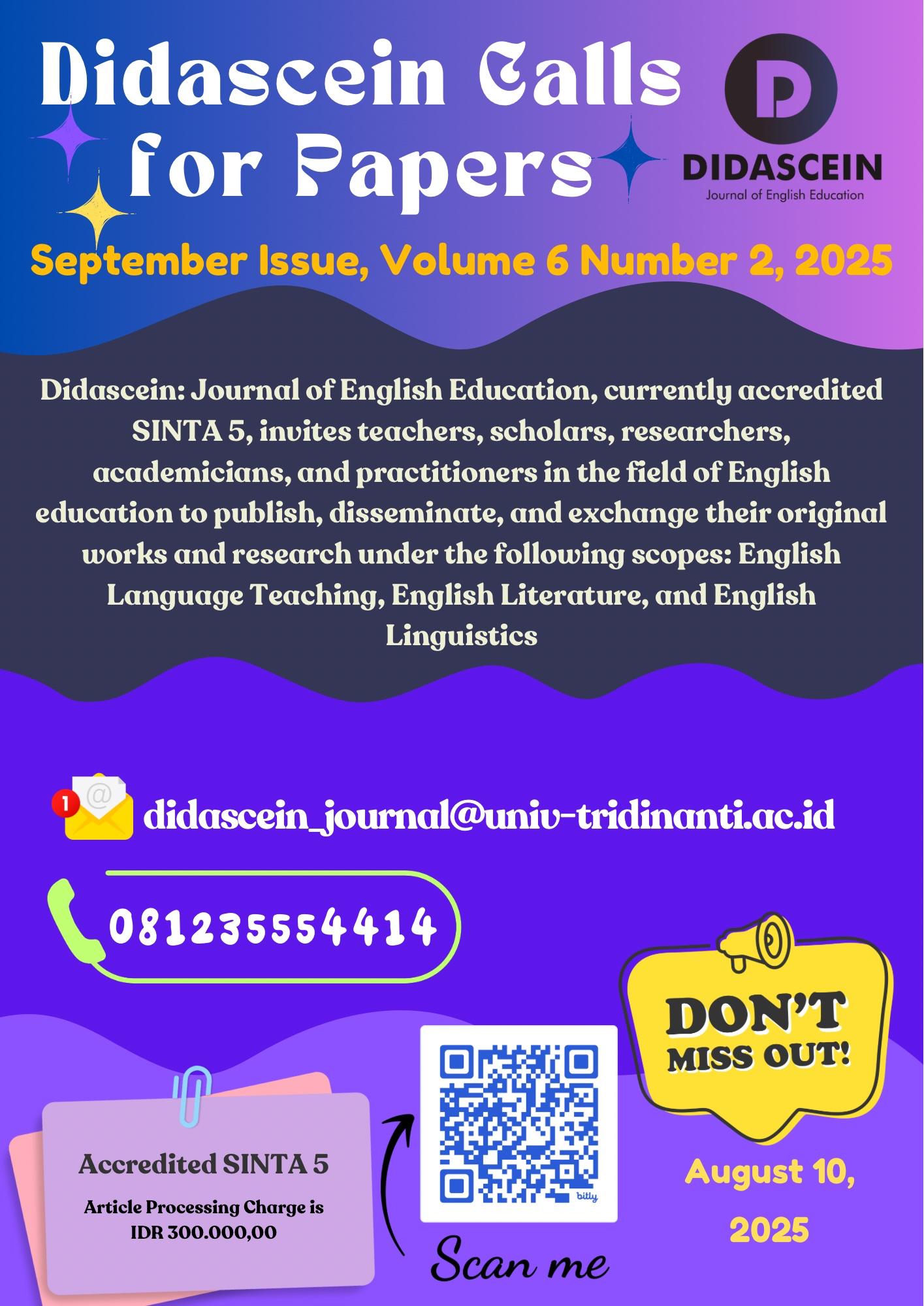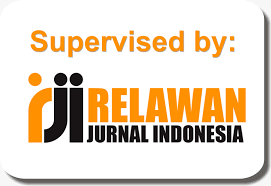IMPROVING ELEVENTH GRADERS' SPEAKING ACHIEVEMENT THROUGH THE GOGOMO STRATEGY
Keywords:
speaking achievement, GOGOMO strategy, cooperative learningAbstract
GOGOMO is a collaborative approach that enables students to engage and practice speaking with each other. This approach allows students to express their thoughts. This research sought to: (1) determine if there was a notable enhancement in the speaking skills of the eleventh-grade students at SMA Negeri 10 Palembang through the GOGOMO strategy, and (2) assess if there was a significant disparity in speaking skills between the eleventh-grade students at SMA Negeri 10 Palembang who learned with the GOGOMO strategy and those who did not. This research employed a quasi-experimental design involving 70 students, who were chosen through purposive sampling. The data were gathered through a speaking assessment. To confirm the hypotheses, the collected data were examined with the Paired Sample T-Test and Independent Sample T-Test. The findings showed that the GOGOMO strategy significantly enhanced the speaking proficiency of eleventh-grade students at SMA Negeri 10 Palembang. Moreover, a notable difference existed in the speaking achievements of the eleventh-grade students at SMA Negeri 10 Palembang between those instructed with the GOGOMO strategy and those who received no such instruction. The experimental group surpassed the control group in terms of speaking performance. The GOGOMO strategy may have created an environment for students to engage with their peers and enhance their speaking skills. When used for a speaking class, GOGOMO needs to be modified or supplemented, even though it might work well for some activities. Alternative approaches that improve engagement while preserving comprehension accuracy should be investigated in future studies.
References
Ahmad, I. (2021). How can I improve my students speaking skills? Retrieved from https://www.researchgate.net/post/How-can-I-improve-my-students- speaking-skills
Amalia, R. (2017). The influence of using give one-get one strategy towards students’ reading comprehension at the first semester of the eight grades of SMP Negeri 20 Bandar Lampung in the academic year 2016/2017. Lampung: University of Raden Intan Lampung.
Berk, A. R. (2005). Survey of 12 strategies of measure teaching effectiveness. International Journal of Teaching and Learning in Higher Education, 17(1), 1-18.
Brown, H. D. (2007). Principle of language learning and teaching (5th ed.). New York: Pearson Education, Inc.
Burns, A., & Siegel, J. (2018). Teaching speaking: A holistic approach. Cambridge University Press.
Chersia, W. (2015). the Effect of “GOGO” Strategy and Motivation on Students’ Reading Comprehension of Narrative Text At Grade X of Sman 7 Padang 2014/2015 Academic Year. Journal English Language Teaching, 1(1), 1–8.
Creswell, J. W. (2012). Educational research: Planning, conducting, and evaluating quantitative and qualitative research (4th ed.). USA: Pearson Education, inc.
Fardan. (2016). Improving the speaking ability of the tenth year students of MA Muhammadiyah Punnia Pinrang through give one, get one, move on (GOGOMO) strategy. Pinrang: Muhammadiyah Parepare University.
Good, T. L., & Brophy, J. E. (2018). Looking in classroom (11th ed.). New York, NY: Longman.
Graddol, D. (2006). English next. London: British Council.
Guillaume, A. (2007). 50 Strategies for active teaching: Engaging K-12 learners in the classroom. New Jersey: Pearson Education, Inc.
Jumeidi, A., & Dianti, R. (2024). Leveraging Vlog to enhance secondary school students’ speaking performance. Didascein: Journal of English Education, 5(1), 62–69. https://doi.org/10.52333/djoee.v5i1.698.
Junita, R., Dianti, R., & Ria, N. (2024). Promoting Four Corners strategy to improve secondary school students’ speaking skills. Didascein: Journal of English Education, 5(2), 121–133. https://doi.org/10.52333/djoee.v5i2.835.
Kemendikbud. (2014). Kurikulum 2013. Jakarta: Kementrian Pendidikan dan Kebudayaan.
McCormick, K., & Jesus, S. (2015). SPSS statistics for dummies. New Jersey: John Wiley & Sons, Inc.
McLaren, N., Madrid, D., & Bueno, A. (2006). TEFL in secondary education. Granada: Editorial Universidad de Granada.
Panggabean, H. (2015). Problematic approach to English learning and teaching: A case in Indonesia. Canadian Center of Science and Education, 8(3), 35- 36.
Scott, C. L. (2015). The future of learinng 2: What kind of learning for the 21st- century? Paris: Education Research and Foresight.
Thornbury, S. (2008). How to teach speaking. England: Pearson Education Limited.
UDL Strategy Index. (2021). Give one get one move on strategy. Retrieved from https://goalboookapp.com/toolkit/v/strategy/give-one-get- one
Uno, H., & Koni, S. (2013). Assessment pembelajaran. Jakarta: Bumi Aksara.
Wati, S., & Sari, F. (2023). Increasing students’ speaking skill through Fishbowl. Didascein: Journal of English Education, 4(1), 1–9. https://doi.org/10.52333/djoee.v4i1.61.
Zhang, L., & Head, K. (2023). Classroom role-play strategies for enhancing language fluency. Language Pedagogy Journal, 35(2), 210-230.
Downloads
Published
How to Cite
Issue
Section
License
Copyright (c) 2025 Asmiranda; Heru Setiawan

This work is licensed under a Creative Commons Attribution-NonCommercial-ShareAlike 4.0 International License.







